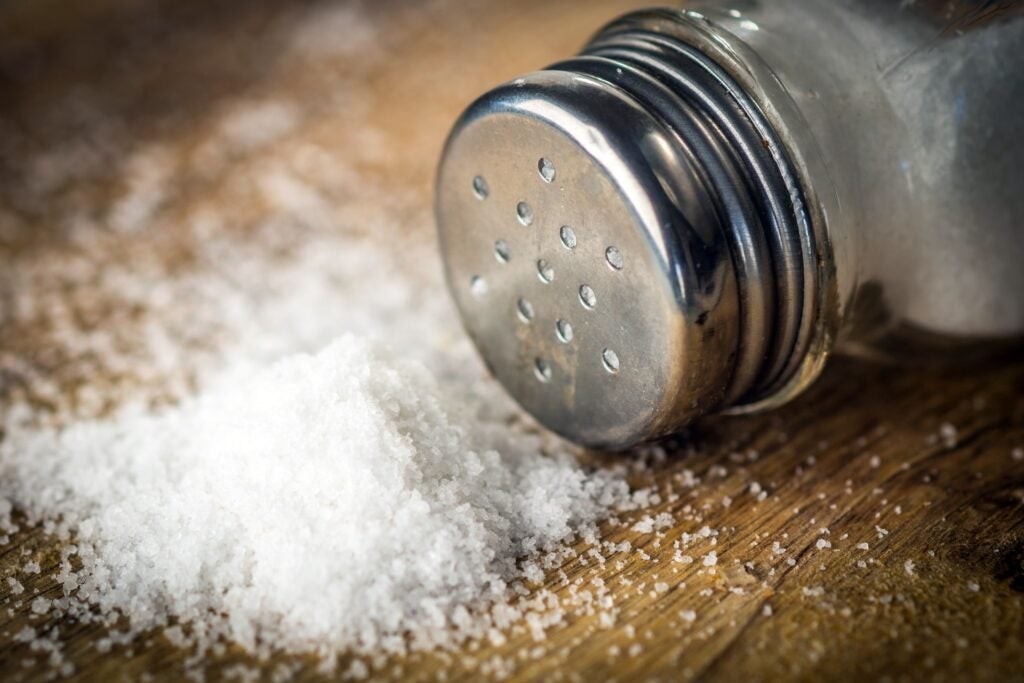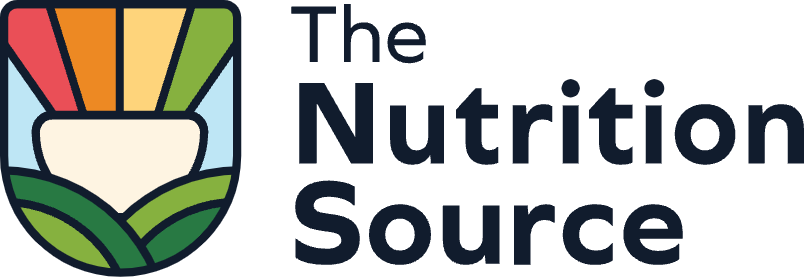
Burden on public health and health care spending
Nine out of 10 U.S. men and women will develop hypertension at some point in their lives. [1] This epidemic places a huge burden on the healthcare system and on our economy, estimated at $73.4 billion in direct and indirect costs for 2009 alone. [2]
Researchers estimate that reducing the average daily sodium intake in the U.S. to 2,300 milligrams (about 1 teaspoon of salt) per day would prevent 11 million cases of hypertension and would save $18 billion in health care costs each year. [3]
Another study estimates that cutting average daily sodium consumption by 1,200 milligrams (about ½ teaspoon of salt) would prevent up to 99,000 heart attacks and 66,000 strokes, and would save up to 92,000 lives a year. Researchers also estimated that such sodium reductions would save $24 billion in health costs [4]. Smaller cutbacks would save also save lives and be cost-effective, and this is true for developed countries as well, where excess salt is an even greater problem, could have a more substantial impact.
Many players in the food industry have already taken the lead in reducing sodium, but broad-scale sodium reduction may also require action from the government and political sectors.
Regulating the amount of salt in prepared foods
Given that processed foods contribute to a large portion of people’s sodium intake in the US and Europe, governments have started working with the food industry to lower sodium levels.
US initiatives
Currently, there is no limit on the amount of sodium allowed in foods, because salt has long been considered to be “generally recognized as safe” (or GRAS)—a regulatory designation called into question by 40 years of research on the hazards of eating too much salt.
A committee appointed by the Institute of Medicine recommended that the federal Food and Drug Administration (FDA) regulate the amount of salt in commercially prepared food. The committee’s report, Strategies to Reduce Sodium Intake in the United States, released on April 20, 2010, urges the FDA to work with food companies to ratchet back the amount of salt consumed by Americans, 75 percent of which comes from commercially prepared foods. [5] The IOM is not recommending a ban on salt—it is, after all, an essential part of the human diet – nor immediate changes. What the IOM report calls for is a gradual reduction in salt that would make the changes imperceptible to consumers’ palates. This would entail having the FDA work with the food industry to set limits on the amount of salt in prepared food, with the limit lowering over time. The Washington Post quoted sources at the FDA saying that it could take ten years to phase in these changes.
“Involving the FDA would help create and maintain a level playing field for food companies,” says Dr. Walter Willett, Fredrick John Stare Professor of Epidemiology and Nutrition and chair of the Department of Nutrition at Harvard School of Public Health. Salt is such an inexpensive ingredient that, if sodium limits were voluntary, it would be easy for food companies to make products stand out by boosting their salt content compared to those who were voluntarily reducing salt. “Regulation by the FDA would make such end runs difficult and protect the responsible companies that are reducing the sodium content of their products,” says Dr. Willett.
2021 update: FDA releases voluntary sodium-reduction goals
Frank Sacks, professor of cardiovascular disease prevention at Harvard T.H. Chan School of Public Health, was the principal investigator in the landmark Dietary Approaches to Stop Hypertension (DASH) Sodium-Trial, which rigorously examined the effect of sodium intake on blood pressure, concluding that the relation is strong and causal. He recently spoke about the new FDA guidance, and offered tips for eating a lower-sodium diet without sacrificing taste.
Other key recommendations include the following:
- Updating food labels to match a Daily Value for sodium of 1,500 milligrams a day (instead of 2,300 milligrams). This would help consumers have a better idea of the level of salt in their foods—and manufacturers would have more of an incentive to cut back on the amount of salt in their products.
- Launching a nationwide campaign to help consumers change their salt-consumption habits. Industry cutbacks in salt will help lower everyone’s sodium intake, but consumers also need to do their part by choosing healthful foods.
Although the recommendations come from the highly regarded Institute of Medicine—an independent, nonprofit organization that provides evidence-based information and advice to the federal government and the public on matters of diet, health, and health care—there is no guarantee that they will be put into practice. The salt industry has long resisted outside intervention and continues to argue that salt has little influence on blood pressure.
New York City
Encouragingly, some manufacturers have voluntarily agreed to cut back on sodium as part of New York City’s National Salt Reduction Initiative. [6] The aim of this initiative is to guide a voluntary reduction of salt levels in packaged and restaurant foods, with the primary goal of cutting the salt in packaged and restaurant foods by 25% over five years – which would reduce the nation’s salt intake by 20% and prevent thousands of deaths.
International initiatives
Finland and the United Kingdom have led successful sodium reduction efforts. [7]
In Finland, a government-led program of education, salt-labeling legislation, and pressure on the food industry has led to a 30 percent reduction in salt intake, from 12,000 milligrams a day to around 9,000 milligrams today.
In the United Kingdom, a partnership between a scientific action group called Consensus Action on Salt and Health (CASH) and the U.K. Department of Health has led to a 20 to 30 percent reduction in the salt content of processed foods bought in supermarkets. [7]
Related
Terms of Use
The contents of this website are for educational purposes and are not intended to offer personal medical advice. You should seek the advice of your physician or other qualified health provider with any questions you may have regarding a medical condition. Never disregard professional medical advice or delay in seeking it because of something you have read on this website. The Nutrition Source does not recommend or endorse any products.

